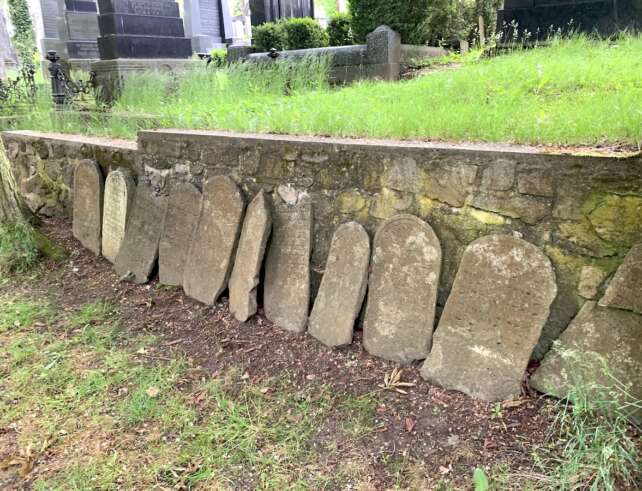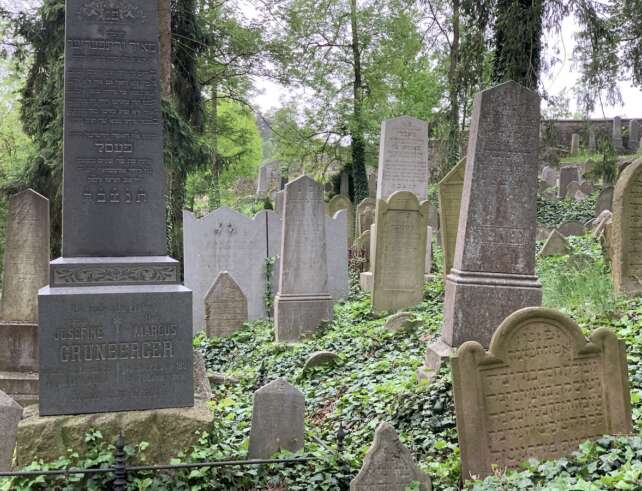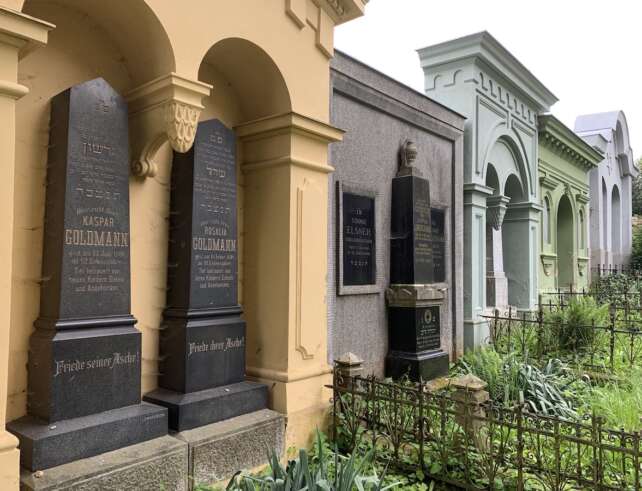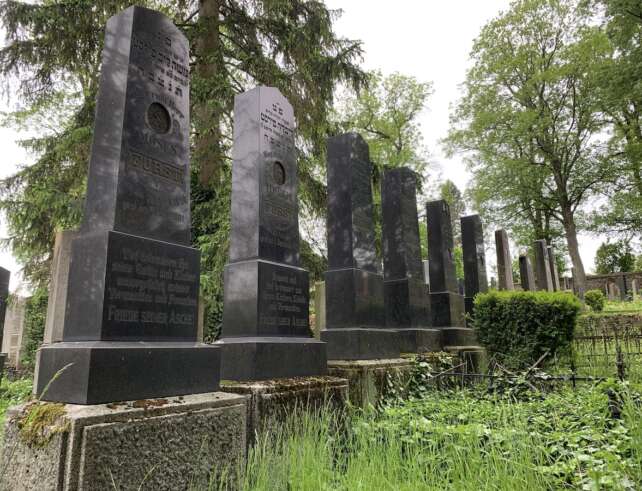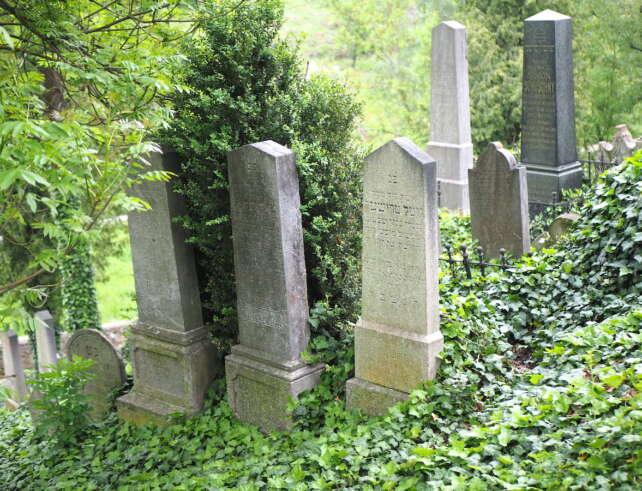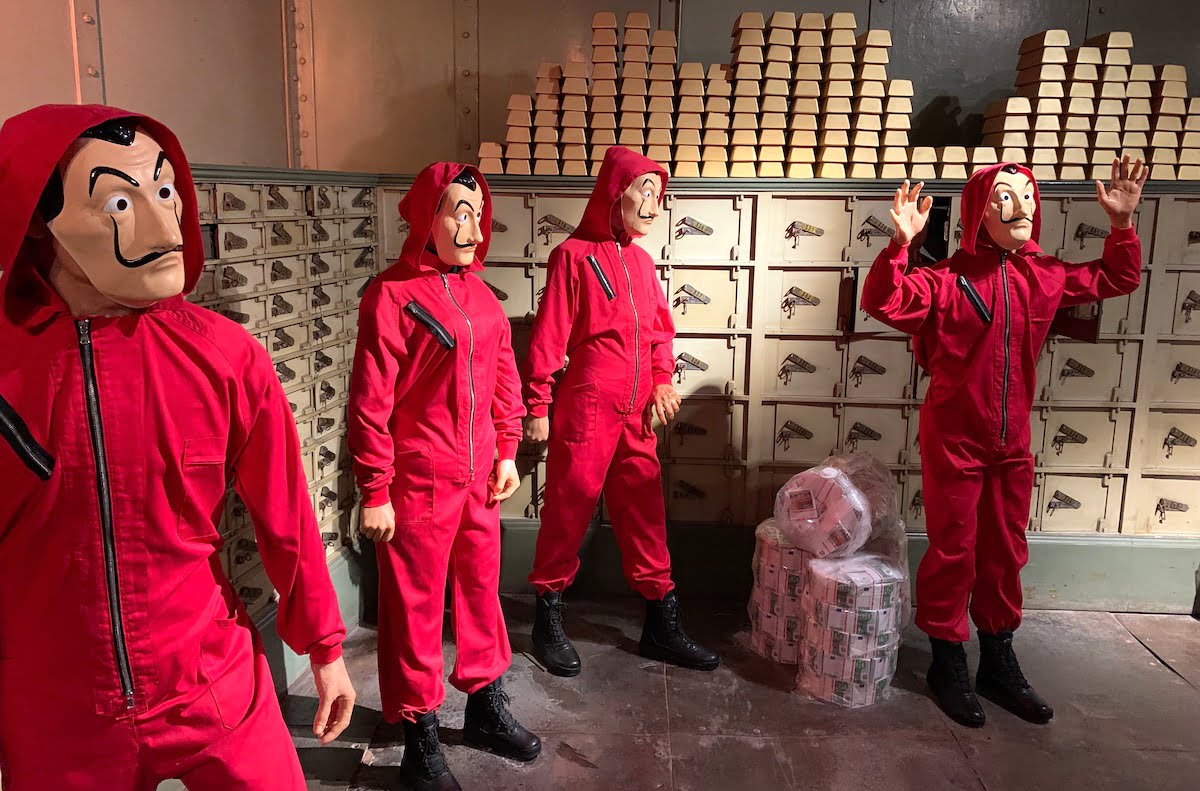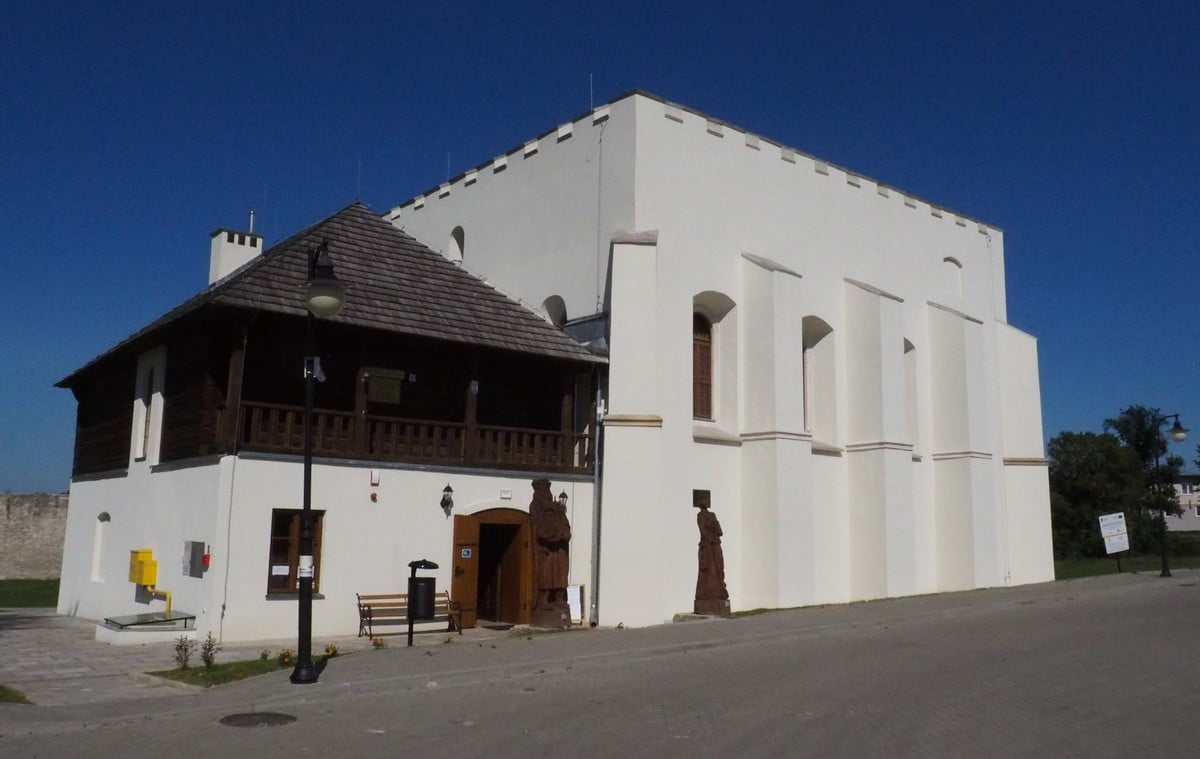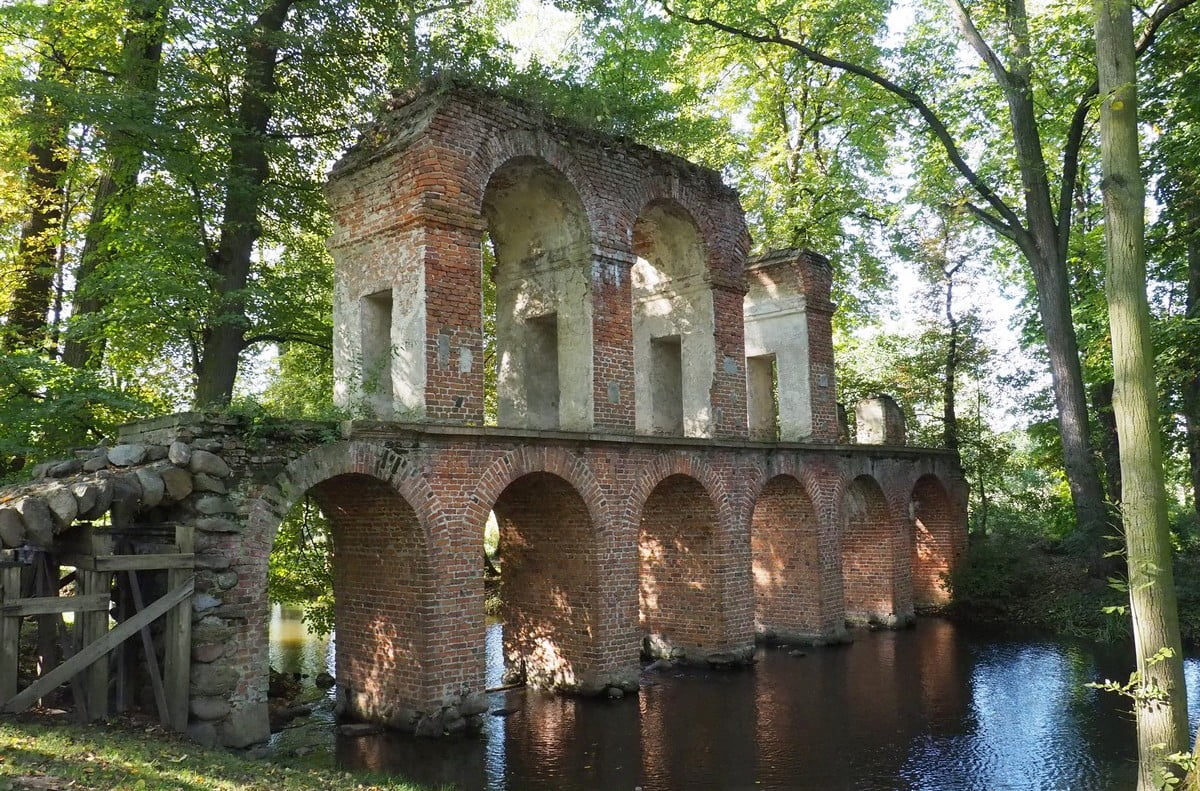Share This Article
The Jewish cemetery in Trebic (Židovský hřbitov v Třebíči) is one of the largest and oldest of its kind in all of the Czech Republic! Spanning over a hectare, it contains graves from various periods of the city’s history. This hilltop necropolis was inscribed on the UNESCO World Heritage List in 2003.
It’s worth noting at the outset that the city of Trebic (Třebíč) in Czech takes a feminine form (this has changed over the years).
Location and Access
The Jewish cemetery in Trebic (Židovský hřbitov v Třebíči) is located on a hill bordering the former Jewish quarter. The town itself is situated in the region of Vysočina. Trebic is the second-largest city in the region, about 30 kilometers from the capital of Vysočina.
The best way to reach the cemetery is on foot. It is approximately 600 meters away from the Synagogue in the old Jewish quarter. However, it is important to note that there is almost a 40-meter elevation gain, so reserve about 15 minutes for the walk. If coming from the direction of the city, you will find signposts that will lead you directly to the Jewish cemetery in Trebic. It is located at the very end of Hrádek Street.
The Jewish cemetery is one of the stops on the city’s “Trails of Abbots and Rabbis” tour, which Trebic has prepared for tourists.
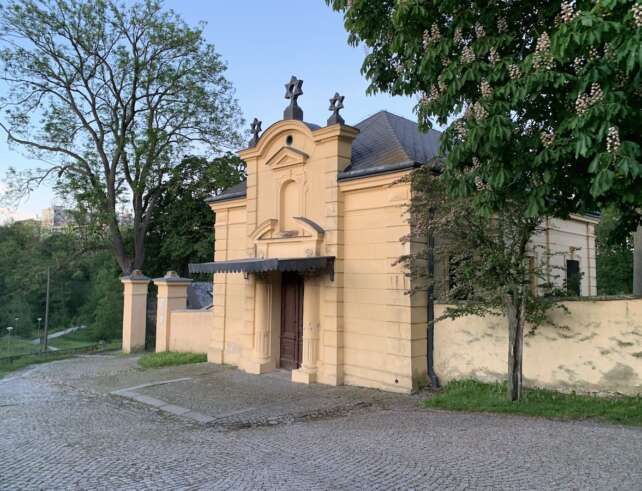
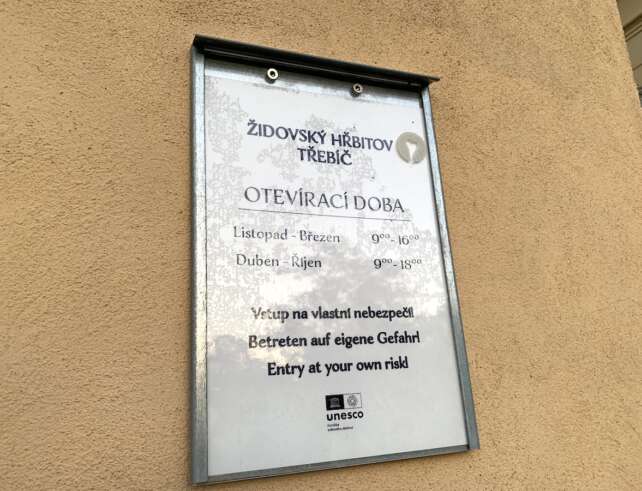
Accessibility and Opening Hours of the Jewish Cemetery in Trebic
There are no tickets required to enter the cemetery, and visitors can tour it by themselves. However, it is only open during specific hours. Outside of these hours, the gate is closed. From November to March, it is open from 9:00 AM to 4:00 PM, and during the other months, from 9:00 AM to 6:00 PM. A sign on the fence indicates that you enter the cemetery at your own risk. This is not about ghosts or other horror stories, but rather the fact that the cemetery is located on a hill slope and the paths can be slippery and overgrown.
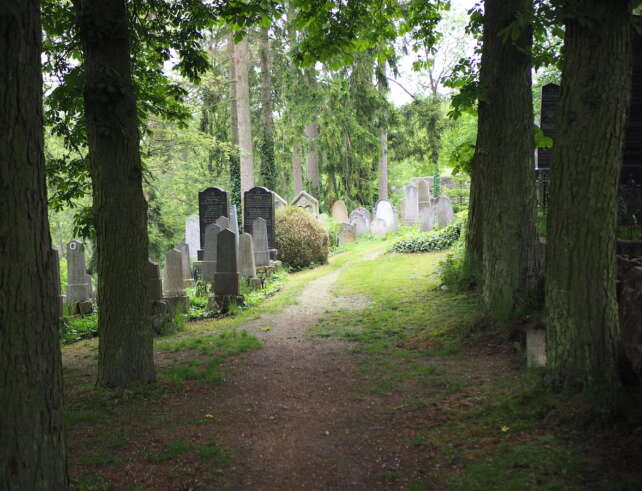
The Jewish Cemetery in Trebic and Its History
The cemetery was likely established in the first half of the 17th century. The Jewish community existed earlier, and it is believed that the deceased were initially buried near the monastery wall. No traces of that earlier cemetery have survived to the present day. The oldest grave in the current cemetery, from which a date has been deciphered, dates back to 1625.
The older part of the cemetery is located in the northern section, while the newer part is in the southern section. The Jewish Cemetery in Trebic was expanded to the south in 1888 when a flood submerged the lower-lying graves. The cemetery owes its current appearance and condition to František Veselý, a former director, and Bohumír Pavlík, a former school inspector, who took care of it for many years.
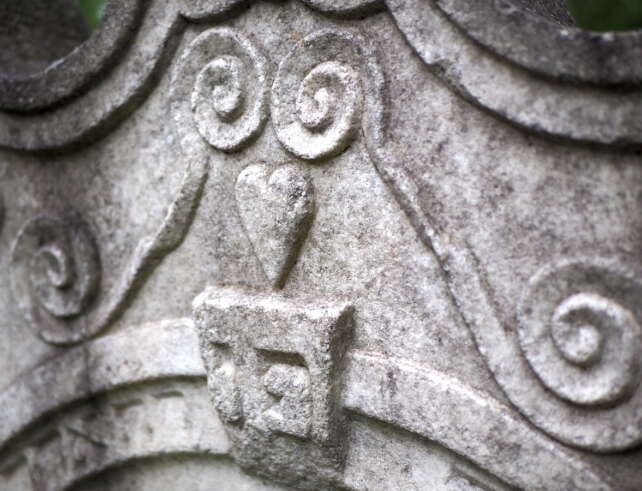
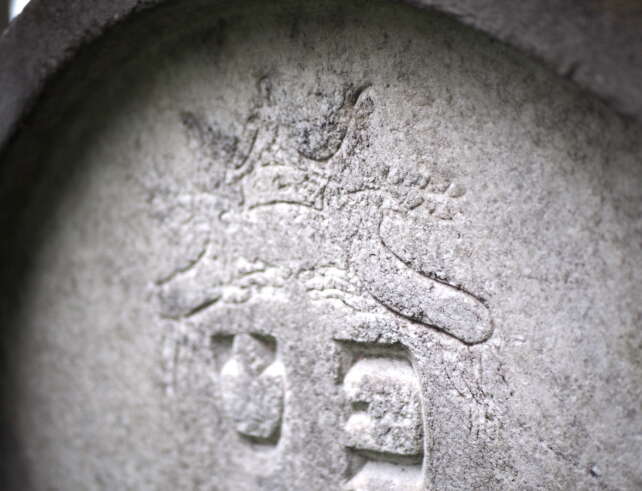
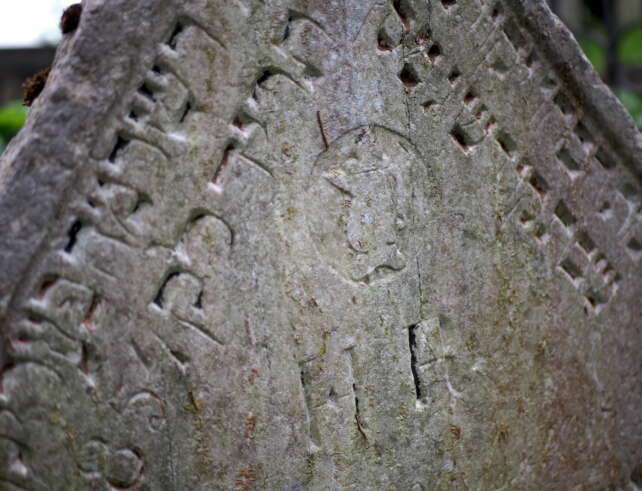
Jews in Trebic
The Jewish cemetery in Trebic was established much later than the community settled in the area. The first written record of Jews in the town dates back to 1338, but it is likely that they were present there even earlier. The Jewish quarter in the town reached its peak in the 17th century. In 1723, Jan of Waldstein, the owner of the estate, ordered all Jews to be relocated to one place and “separated” from the Catholic residents. This situation lasted until 1848. In the 19th century, they were once again allowed to settle wherever they wished.
In the Jewish quarter, which along with the Jewish Cemetery in Trebic and the Basilica of St. Procopius are inscribed on the UNESCO World Heritage List, about 100 houses have been preserved to this day, as well as the building of the former hospital, two synagogues, the rabbi’s house, and a school. It can be toured, and on buildings of particular significance, you will find information in three languages about their history.
Today, there are no Jews living in Trebic, but in addition to the Jewish quarter and the cemetery, you will find various traces of their presence. Many local establishments offer sweet pastries baked according to old recipes. Throughout different parts of the town, you will also find brass plaques called “Stolpersteine” – Stones of Remembrance. They commemorate the victims of Nazism and are most often installed in front of the entrances to the last known residences of those who lived there.
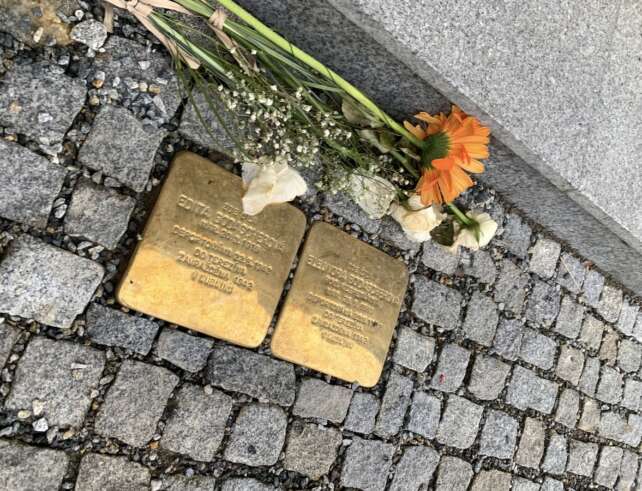
Novadays
This cemetery is the largest facility of its kind in Moravia and the second largest (after the New Jewish Cemetery in Prague) in the Czech Republic. A small gate leads to the cemetery, situated right next to the pre-funeral house from 1903. The cemetery covers an area of 11,678 square meters and contains over 2,600 graves.
The cemetery is conventionally divided into two parts – the newer and the older. The newer graves are located on the right side from the entrance, and the older ones on the left. Initially, upon entering the cemetery grounds, there is grass, followed by monuments dedicated to the victims of both World War I and World War II. The cemetery contains various types of graves made from different materials. The newer ones are made of black granite, while the older ones are made of sandstone and limestone. The graves are not excessively decorated, but some bear symbols that are familiar from other cemeteries. There have been found depictions of a water pitcher, hands, or flowers. The inscriptions on them are in various languages, such as Hebrew, Czech, and German.
The Jewish cemetery in Trebic is a place with a unique atmosphere because it lies very close to the city center. Among the trees, one can see the apartment blocks on the opposite side of the valley, but it is a place with its own ambiance. It is worth dedicating at least half an hour for a visit, but if you are examining the tombstones in detail, you might spend several hours here.
Today, the cemetery is managed by the Mikyskova family, who have been doing so since 1912.
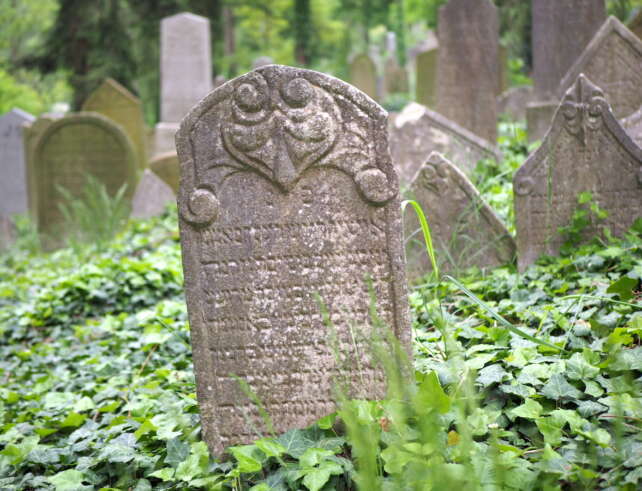
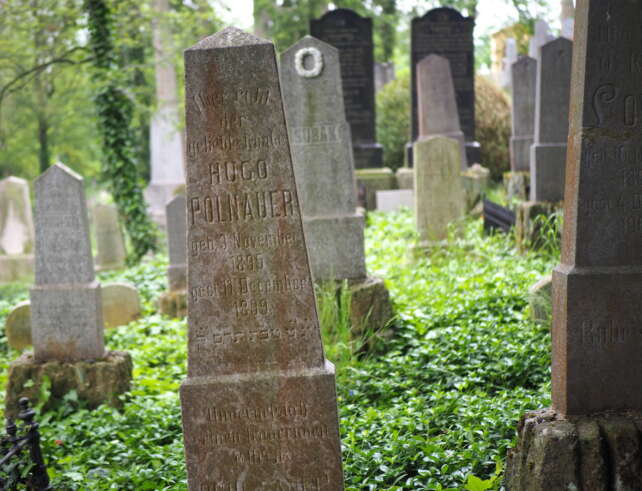
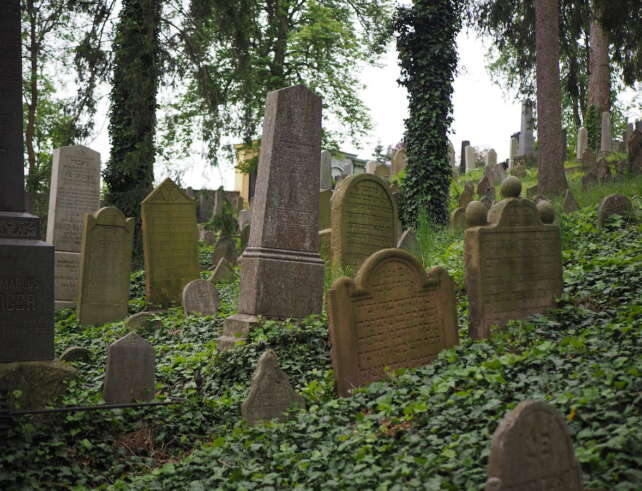
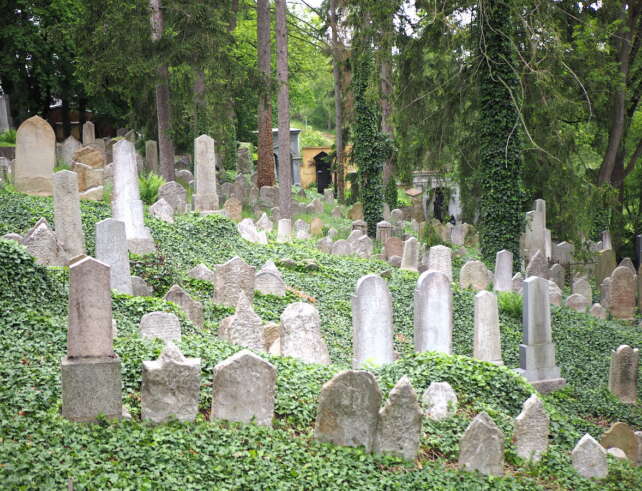
UNESCO
The Jewish Cemetery in Trebic was inscribed on the UNESCO World Heritage List in 2003. This entry includes several sites within the town. The most significant of these is the Basilica of St. Procopius, which impresses not only with its appearance, catacombs, and interior but even more so with its history, as well as the former Jewish quarter located north of the Jihlava River.
These sites are a reminder of the coexistence of two cultures and two religions over the centuries. In 2018, a minor modification to the entry was made, which changes, or rather expands, the area included in the listing by approximately half a hectare (especially around the Basilica).
Worth to visit?
The Jewish Cemetery in Trebic is an interesting place that bears witness to several centuries of Jewish community life in the city. The intriguing tombstones and unique location make it worthwhile to visit in order to fully understand the history of Trebic and its inhabitants.
If you are interested in Jewish themes and want to explore them in the Czech Republic, one of the more fascinating places is the town of Holešov. There you will find the beautiful Shah Synagogue and a Jewish cemetery that is a pilgrimage destination for Jews from all over the world.
